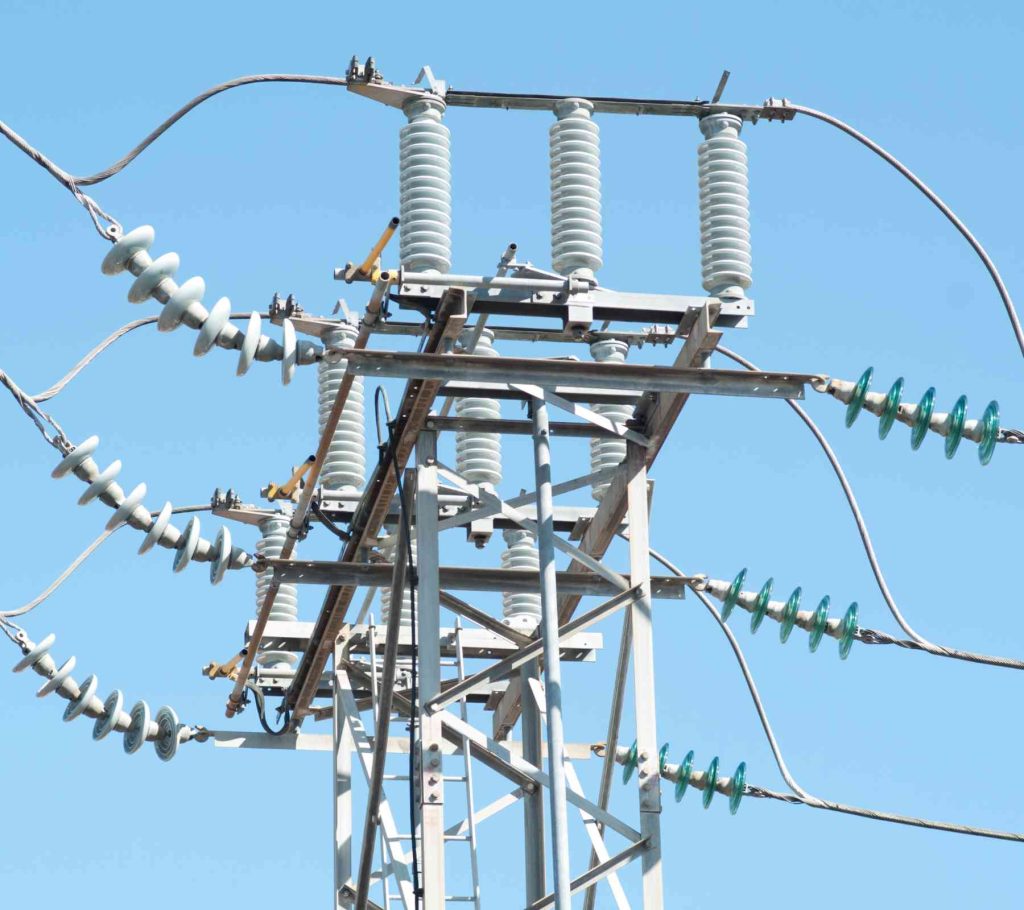As the climate changes, power failures are expected to increase, making it important to know how to prepare for both short and long-term outages.
In this video, the Inside Edition YouTube Channel offers some practical and creative hacks that can help you get through any blackout, from using solar-powered lights to making makeshift ice packs out of ziplock baggies. These tips can be a lifesaver when you’re left without power for days.
The Inside Edition channel is focused on DIY, life hacks, and emergency preparedness, and offers practical solutions that are easy to follow and implement. With over 11 million subscribers, the channel has become a go-to resource for anyone looking for creative and practical solutions to everyday problems.

What are the causes of power outages?
- Severe weather conditions, such as thunderstorms, hurricanes, or snowstorms.
- Equipment failures, such as transformer or generator malfunctions.
How can I prepare for a power outage?
- Build an emergency kit / blackout bag with food, water, first aid supplies, flashlights, warm clothing and batteries.
- Make a plan for communicating with family and friends.
- Have alternate power sources: Invest in a portable power station, stock up batteries as alternative power sources to meet your needs when the power goes out, such as a portable charger or power bank. Have flashlights for every household member.
- Stock up on water: Keep a 3-day supply of drinking water per person in your home, which should be at least one gallon per person per day. Store additional water for cooking, cleaning, and personal hygiene.
- If you have medical devices that need electricity, make sure you have a backup power source available and ready for use.
- Have a first-aid kit readily available in both your home and car.
- Keep a battery-powered or hand-crank radio to stay updated on the latest news and emergency alerts.
- Keep your car’s gas tank at least half full
- Know how to shut off your utilities and water in case of an emergency, such as a gas leak.
- If you have pets, make sure to include them in your emergency preparedness plan.
- Keep a spare set of car keys in case you need to evacuate quickly.
- Know the location of your nearest emergency shelter.
- Know how to safely use propane and other portable stoves.
- Water access: If you use electricity for your water, such as a well with an electric pump, have enough water available to last a couple of days. Water for non-potable uses, such as flushing toilets, can be met with water from rain catchment.
Emergency preparedness resources:
- Ready.gov – Power Outage Preparedness: This page from the United States government’s emergency preparedness website offers tips on preparing for a power outage, including making an emergency kit, identifying a backup power source, and developing a family communication plan. https://www.ready.gov/power-outages
- The American Red Cross – Power Outage Safety: https://www.redcross.org/get-help/how-to-prepare-for-emergencies/types-of-emergencies/power-outage.html
- National Safety Council – Power Outage Preparedness: https://www.nsc.org/home-safety/safety-topics/emergency-preparedness/power-outage
- The Federal Emergency Management Agency (FEMA) – Power Outage Resources:. https://www.fema.gov/disaster/4193/updates/power-outage-resources
- Consumer Reports – How to Prepare for a Power Outage: https://www.consumerreports.org/emergency-preparedness/how-to-prepare-for-a-power-outage/
- National Grid – Power Outage Safety: https://www.nationalgridus.com/MA-Home/Storms-Outages/Preparing-for-Outages
- Duke Energy – Power Outage Preparedness: https://www.duke-energy.com/safety-and-preparedness/storm-safety/power-outage-preparedness
- Dominion Energy – Power Outage Safety: https://www.dominionenergy.com/safety/power-outage-safety
- The Spruce – How to Prepare for a Power Outage: https://www.thespruce.com/how-to-prepare-for-a-power-outage-4164871
- Edison Electric Institute – Power Outage Preparedness: https://www.eei.org/issuesandpolicy/emergency-preparedness/preparing-for-power-outages
Using Solar-Powered Lights as Flashlights
- Bring solar-powered lights inside your home when it gets dark.
- The lights don’t require batteries and can provide instant light during a power outage.
Creating an Emergency Cooler with Your Washing Machine
- Fill your washing machine with ice and your perishable items, such as milk, creamer, mayonnaise, hummus, and yogurt.
- The airtight seal of the washing machine will keep the items fresh.
- When the ice melts, the water will drain out of the washer as it usually does.
Making Makeshift Ice Packs out of Ziplock Baggies
- Fill a ziplock baggie with water.
- Pop it in the freezer until it freezes.
- Use it as an ice pack during a power outage.
What should go in an emergency kit / blackout bag?
- Get a container to hold all your blackout bag supplies. A backpack, tote bag, or plastic container would work fine.
- First aid kit: Include bandages, antiseptic, gauze, and other basic medical supplies.
- Non-prescription medications: Keep a supply of pain relievers and allergy medicine.
- Prescription medications: Keep a supply on hand and up-to-date.
- Choose your lighting sources. Flashlights, lanterns, and glow sticks are all great options. Make sure you have extra batteries.
- Emergency candles: Candles specifically designed for emergency use during power outages,
- Waterproof matches: Matches that can withstand moisture and damp conditions.
- Headlamp: A hands-free lighting option that is great for activities like cooking or reading.
- Emergency glow sticks: Inexpensive and safe lighting options that are perfect for use around children.
- Emergency radio: A device that can receive weather and news updates during power outages.
- Water: Plan to have at least one gallon of water per person per day for drinking and hygiene.
- Non-perishable food: Stock up on canned goods, dry goods, and other non-perishable foods that can be eaten without cooking.
- Baby supplies: Keep a supply of baby formula and diapers.
- Personal hygiene items: Include items such as toilet paper, hand sanitizer, and wet wipes.
- Multi-purpose tool: A tool such as a Swiss Army knife or a Leatherman can be useful for a variety of tasks.
- Cash: Have some cash on hand in case ATMs and credit card machines are not functioning.
- Copies of important documents: Keep items such as passports, birth certificates, and insurance policies in a waterproof container.
- Warm clothing and blankets: If the power is out in cold weather, you need to make sure you can stay warm
- Entertainment: Books and games can help pass the time during a prolonged outage.
FAQ:
How often should I update my emergency kit / blackout bag?
It’s a good idea to update your blackout bag every six months to ensure that all the equipment and supplies are up to date.
Can I use regular candles during a power outage?
Yes, you can use regular candles during an outage, but it’s important to be cautious as they pose a fire hazard.
Can I use a generator indoors during a power outage?
No, generators should never be used indoors due to the risk of fire and carbon monoxide poisoning.






